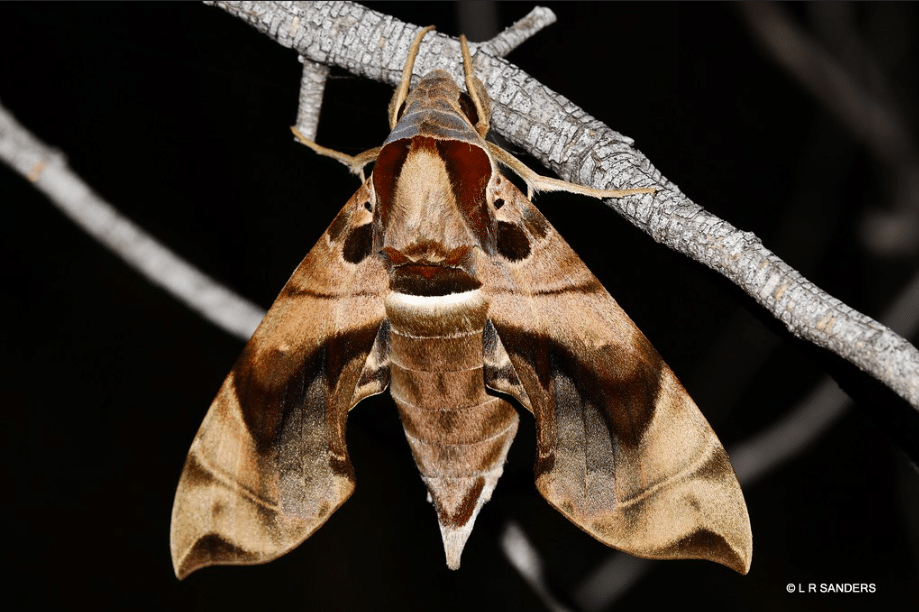You might remember Kalpana—I am happy to report that this year she celebrates her fifth rescue anniversary at Wildlife SOS. Formerly exploited and abused as a ‘begging’ elephant in Uttar Pradesh, Kalpana was rescued in 2019 and brought to the Wildlife SOS Elephant Hospital Campus (EHC) in Mathura for comprehensive...
A majority Sydney Coastal Councils have voted to remove shark nets from their local government areas in favour of alternatives. While this doesn’t mean the nets are gone yet, they could be soon. Here’s why that will be better for public safety.
Shark nets only provide a false sense of security. Sharks can swim over and under them. Most sharks found in the nets were caught on the way out from the beach and 34 shark bites have taken place on netted beaches (1); in New South Wales. Whereas the available alternatives of drones and SMART drumlines are much more effective at reducing the risk of shark bite.
Drone surveillance is the most advanced shark detection system we’ve ever had. Drones can be flown up and down the beach providing surf lifesavers an eye in the sky with nearly complete coverage of the survey area. If a potentially dangerous animal is spotted, alarms are sounded and the water quickly cleared. Drones can also address the much greater risk at the beach of drowning by identifying swimmers in distress and can even be fitted to drop personal floatation devices. For these reasons, drones are quickly becoming standard components in the beach safety toolkit.
*The graphics below come directly from the NSW Department of Primary Industries’ (DPI) SharkSmart website www.sharksmart.nsw.gov.au.
SMART drumlines (standing for Shark Management Alert in Real Time – SDLs) are effective non-lethal capture and relocation systems. Though concerns remain over the welfare of animals caught on SDLs, they are much better at targeting sharks than nets, and they are designed to relocate sharks offshore rather than kill them. During government trials across five years on NSW beaches, SDLs caught far fewer non-target wildlife (217) than nets (2,228) over the same time period, and far more target sharks (499 vs 171). Most impressively, SDLs killed less than 1% of animals caught, whereas nets killed 55%.
More cutting edge technologies to reduce the risk of shark bite are being developed every day. Personal shark deterrents emit an electrical field, reliably reducing interactions. The Shark Safe Barrier is a South African design using a physical barrier in the form of anchored, floating PVC pipe, mimicking kelp, and a magnetic field emanating from the pipes creating a wildlife safe barrier that large sharks will not cross.
Shark nets are nothing more than a false sense of security that kills wildlife.
DPI’s own social surveys repeatedly confirm that shark nets are the least preferred of their options for managing the risk of shark bite. Our own public surveys say the same. On the Northern Beaches, 60% of residents called for the removal of the nets, 72% wanted nets replaced with SMART drumlines, and 80 called for more drone surveillance. Coastal communities, and now the councils, have spoken.
New, technology-driven methods are much more effective at reducing the risk of shark without the terrible cost to wildlife. Make no mistake – getting rid of the shark nets in favour of new non-lethal technologies are better for marine wildlife, the ocean, and public safety.
References
(1) https://www.sharksmart.nsw.gov.au/shark-nets
Lawrence Chlebeck is a marine ecologist specialising in conservation, research and outreach. He has spent years working to engender sustainable relationships between wildlife, the ocean and the public. Lawrence has worked as a field biologist, environmental consultant, naturalist and project coordinator with a BA from the University of San Diego, and an MSc from James Cook University. Lawrence’s work at HSI is currently focused on shark welfare and protection, specifically in regards to culling and control programs, exploitation, and international protection.


